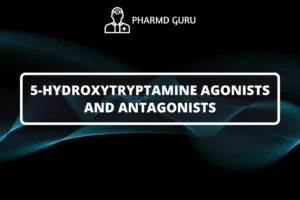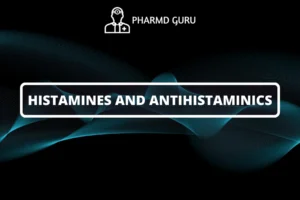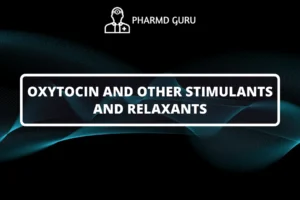Drug interactions occur when two or more drugs interact with each other, affecting their effectiveness or causing potential adverse effects. As patients often take multiple medications simultaneously, understanding drug interactions is crucial for healthcare professionals to ensure medication safety and optimize treatment outcomes. In this article, we will explore the different types of drug interactions, their mechanisms, and strategies to minimize their risks.
SCROLL DOWN TO THE BOTTOM OF THIS PAGE FOR ACTUAL NOTES.
TABLE OF CONTENTS:
- Introduction
- Types of Drug Interactions
- Pharmacokinetic Interactions
- Pharmacodynamic Interactions
- Combined Pharmacokinetic and Pharmacodynamic Interactions
- Common Mechanisms of Drug Interactions
- Risk Factors for Drug Interactions
- Strategies to Minimize Drug Interactions
Introduction
In today’s complex healthcare landscape, patients often receive multiple medications for various health conditions. When these medications interact, their effects can be altered, leading to potential risks or reduced efficacy. Understanding drug interactions is essential for healthcare professionals to make informed decisions, prevent adverse effects, and ensure patient safety.
Types of Drug Interactions
Pharmacokinetic Interactions
Pharmacokinetic interactions occur when one drug affects the absorption, distribution, metabolism, or excretion of another drug. These interactions can lead to altered blood levels and potentially affect the therapeutic response.
Pharmacodynamic Interactions
Pharmacodynamic interactions occur when two drugs with similar or opposing effects interact at the same site of action, enhancing or diminishing their therapeutic effects. This can result in either increased efficacy or reduced effectiveness of one or both drugs.
Combined Pharmacokinetic and Pharmacodynamic Interactions
Some drug interactions involve both pharmacokinetic and pharmacodynamic mechanisms. These interactions can have complex effects on drug levels, target receptor interactions, and overall therapeutic outcomes.
Common Mechanisms of Drug Interactions
Drug interactions can occur through various mechanisms, including:
- Enzyme Inhibition or Induction: One drug may inhibit or induce the activity of enzymes responsible for metabolizing another drug, altering its blood levels.
- Competition for Protein Binding: Drugs may compete for binding sites on plasma proteins, affecting the distribution and availability of one or both drugs.
- Altered Gastric pH: Changes in gastric pH can influence drug absorption, especially for drugs affected by pH-dependent solubility.
- Additive or Synergistic Effects: Combining drugs with similar pharmacological actions can lead to additive or synergistic effects, potentially increasing therapeutic efficacy but also the risk of adverse effects.
Risk Factors for Drug Interactions
Several factors can increase the likelihood of drug interactions:
- Polypharmacy: Taking multiple medications concurrently increases the potential for interactions.
- Individual Variations: Genetic factors and individual variations in drug metabolism can impact drug interactions.
- Underlying Conditions: Certain medical conditions can alter drug metabolism, increasing the risk of interactions.
- Age: Elderly individuals may be more susceptible to drug interactions due to changes in drug metabolism and polypharmacy.
Strategies to Minimize Drug Interactions
To minimize the risks associated with drug interactions, healthcare professionals can implement the following strategies:
- Thorough Medication Review: Conducting a comprehensive review of a patient’s medication regimen to identify potential interactions.
- Patient Education: Providing clear instructions to patients about medication use, including avoiding certain combinations and recognizing signs of adverse effects.
- Drug Interaction Databases and Tools: Utilizing drug interaction databases and computerized tools to check for potential interactions before prescribing medications.
- Collaboration and Communication: Ensuring effective communication among healthcare professionals involved in a patient’s care to identify and manage potential interactions.
ACTUAL NOTES:




